2.0CNN
Posted Mr.Zhao
tags:
篇首语:本文由小常识网(cha138.com)小编为大家整理,主要介绍了2.0CNN相关的知识,希望对你有一定的参考价值。
介绍
https://www.youtube.com/watch?v=jajksuQW4mc
https://www.youtube.com/watch?v=2-Ol7ZB0MmU
https://www.youtube.com/watch?v=H3ciJF2eCJI
卷积神经网络---图片识别,视频分析、语音识别
参考谷歌youtube上提供的CNN视频演示
数据组织形式
计算机识别的不是颜色本身,而是由颜色组成的矩阵
如果是黑色的话,矩阵的维度为2维
如果是彩色的话,矩阵的维度是3维度,还有一个RGB通道来表示颜色

卷积神经网络结构

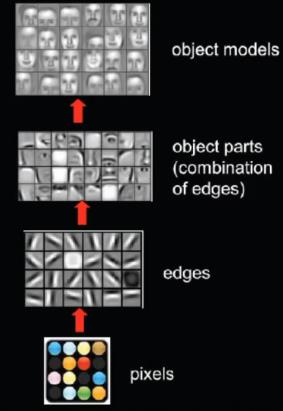
卷积的图示理解
用一个XYK的长方体矩阵去依次经过原始数据的每一块,这就是简单的卷积操作,也是一种对矩阵的操作
另:stride 表示一次跨几步

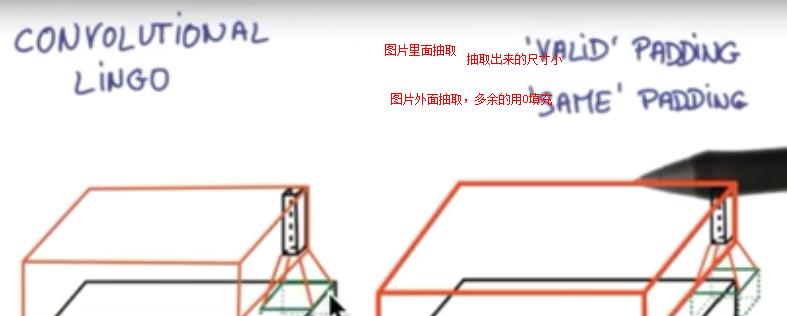

不断压缩长和宽,而增加厚度

跨度太长的话会丢掉一些信息
所以将跨度设置的小一些,通过pooling变成和上述跨度一样大的形状
一种maxpooling 一种averagepooling
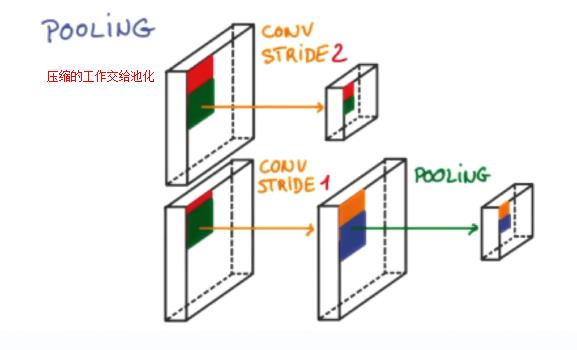
如何设计卷积神经网络?
给一张图片image
全连接层就类比于普通神经网络的隐层或隐藏层
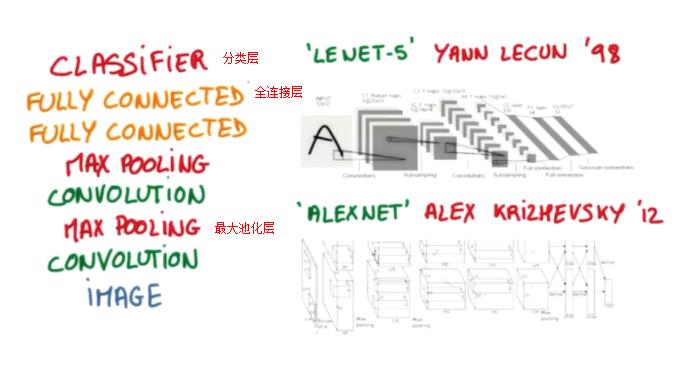
CNN代码实战MNIST手写体识别数据集
python2和3均可执行
""" Please note, this code is only for python 3+. If you are using python 2+, please modify the code accordingly. """ from __future__ import print_function import tensorflow as tf from tensorflow.examples.tutorials.mnist import input_data # number 1 to 10 data mnist = input_data.read_data_sets(\'MNIST_data\', one_hot=True) def compute_accuracy(v_xs, v_ys): global prediction y_pre = sess.run(prediction, feed_dict={xs: v_xs, keep_prob: 1}) correct_prediction = tf.equal(tf.argmax(y_pre,1), tf.argmax(v_ys,1)) accuracy = tf.reduce_mean(tf.cast(correct_prediction, tf.float32)) result = sess.run(accuracy, feed_dict={xs: v_xs, ys: v_ys, keep_prob: 1}) return result def weight_variable(shape): initial = tf.truncated_normal(shape, stddev=0.1) return tf.Variable(initial) def bias_variable(shape): initial = tf.constant(0.1, shape=shape) return tf.Variable(initial) def conv2d(x, W): # stride [1, x_movement, y_movement, 1] # Must have strides[0] = strides[3] = 1 return tf.nn.conv2d(x, W, strides=[1, 1, 1, 1], padding=\'SAME\') def max_pool_2x2(x): # stride [1, x_movement, y_movement, 1] return tf.nn.max_pool(x, ksize=[1,2,2,1], strides=[1,2,2,1], padding=\'SAME\') # define placeholder for inputs to network xs = tf.placeholder(tf.float32, [None, 784])/255. # 28x28 ys = tf.placeholder(tf.float32, [None, 10]) keep_prob = tf.placeholder(tf.float32) x_image = tf.reshape(xs, [-1, 28, 28, 1]) # print(x_image.shape) # [n_samples, 28,28,1] ## conv1 layer ## W_conv1 = weight_variable([5,5, 1,32]) # patch 5x5, in size 1, out size 32 b_conv1 = bias_variable([32]) h_conv1 = tf.nn.relu(conv2d(x_image, W_conv1) + b_conv1) # output size 28x28x32 h_pool1 = max_pool_2x2(h_conv1) # output size 14x14x32 ## conv2 layer ## W_conv2 = weight_variable([5,5, 32, 64]) # patch 5x5, in size 32, out size 64 b_conv2 = bias_variable([64]) h_conv2 = tf.nn.relu(conv2d(h_pool1, W_conv2) + b_conv2) # output size 14x14x64 h_pool2 = max_pool_2x2(h_conv2) # output size 7x7x64 ## fc1 layer ## W_fc1 = weight_variable([7*7*64, 1024]) b_fc1 = bias_variable([1024]) # [n_samples, 7, 7, 64] ->> [n_samples, 7*7*64] h_pool2_flat = tf.reshape(h_pool2, [-1, 7*7*64]) h_fc1 = tf.nn.relu(tf.matmul(h_pool2_flat, W_fc1) + b_fc1) h_fc1_drop = tf.nn.dropout(h_fc1, keep_prob) ## fc2 layer ## W_fc2 = weight_variable([1024, 10]) b_fc2 = bias_variable([10]) prediction = tf.nn.softmax(tf.matmul(h_fc1_drop, W_fc2) + b_fc2) # the error between prediction and real data cross_entropy = tf.reduce_mean(-tf.reduce_sum(ys * tf.log(prediction), reduction_indices=[1])) # loss train_step = tf.train.AdamOptimizer(1e-4).minimize(cross_entropy) sess = tf.Session() # important step # tf.initialize_all_variables() no long valid from # 2017-03-02 if using tensorflow >= 0.12 if int((tf.__version__).split(\'.\')[1]) < 12 and int((tf.__version__).split(\'.\')[0]) < 1: init = tf.initialize_all_variables() else: init = tf.global_variables_initializer() sess.run(init) for i in range(1000): batch_xs, batch_ys = mnist.train.next_batch(100) sess.run(train_step, feed_dict={xs: batch_xs, ys: batch_ys, keep_prob: 0.5}) if i % 50 == 0: print(compute_accuracy(mnist.test.images, mnist.test.labels))
结果显示:经过100步已经可以达到75%了,效果也很明显
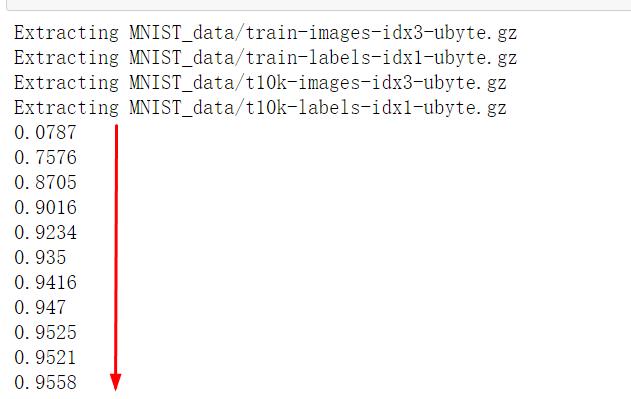
以上是关于2.0CNN的主要内容,如果未能解决你的问题,请参考以下文章